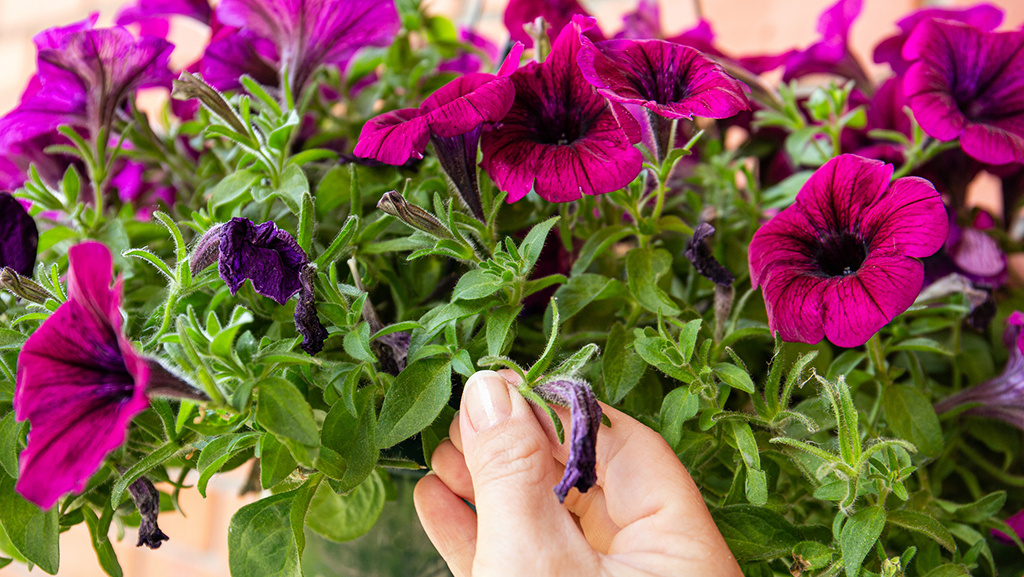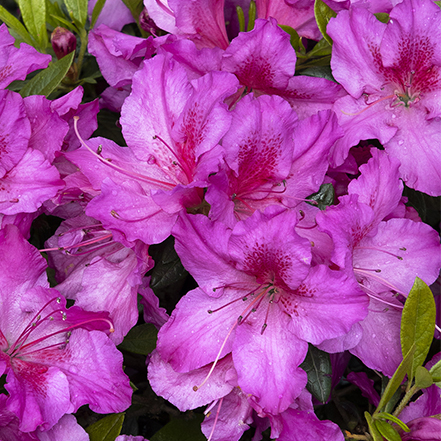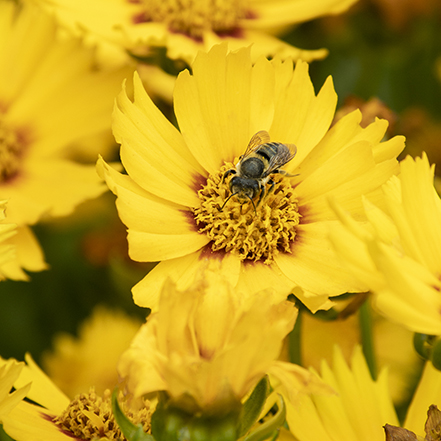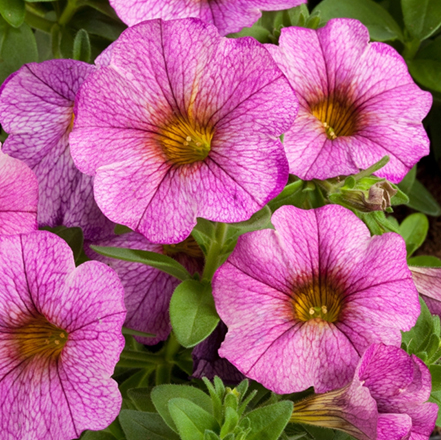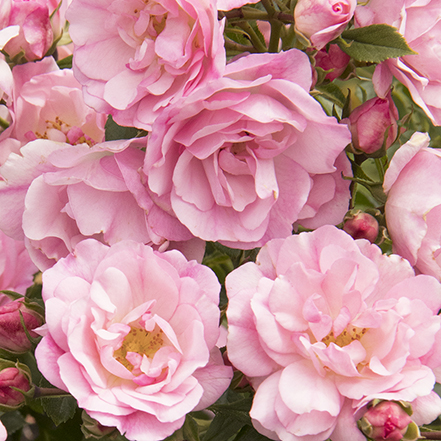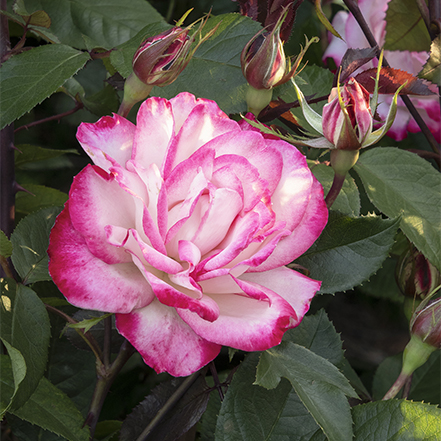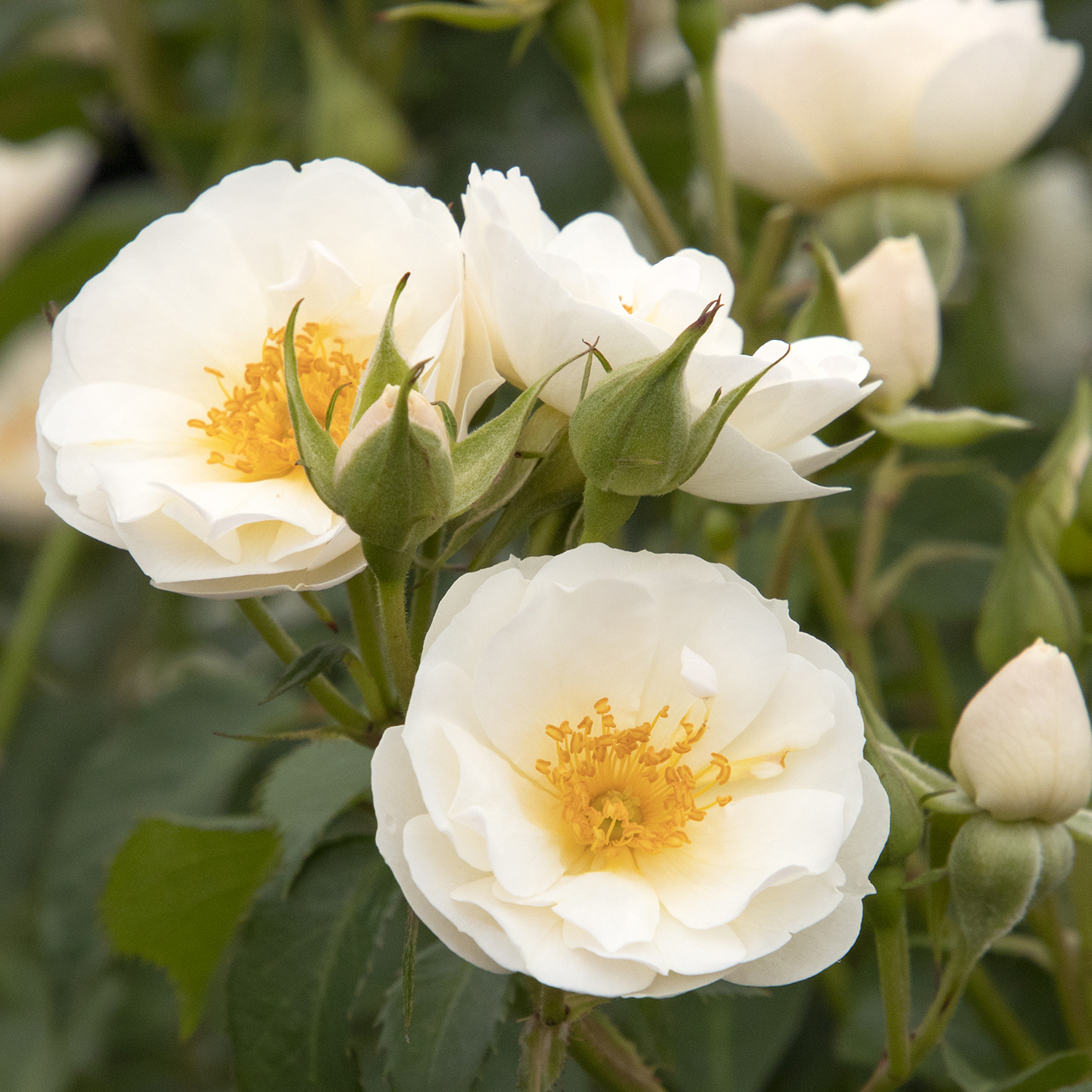Deadheading flowering plants is a fundamental garden care technique that can work wonders in keeping your garden in a perpetual state of bloom. In this comprehensive guide, we'll explore the hows and whys of deadheading, unlocking the secrets to maximizing the longevity and beauty of your flowering plants.
By understanding the art of snipping away spent blossoms, you'll discover a simple yet effective way to promote continuous blooming, enhance the overall health of your plants, and create a beautiful, long-blooming garden.
What is deadheading?
Deadheading is a type of pruning in which spent flowers and seed heads are removed. This can promote repeat flowering, though sometimes the main purpose of deadheading can simply be for aesthetics.
Why deadheading works
After a flower fades, they continue to use energy from the plant for seed production. Removing the blooms encourages the plant to focus its energy on new growth and more blooms.
How to deadhead flowering plants
Deadheading is pretty simple. As a bloom fades, pinch or cut off the flower stem below the spent flower and just above the first set of healthy leaves. This is usually done stem by stem, but in a few circumstances shearing them off will work. Plants, where the flowers shoot above the foliage, are good candidates (think French Lavender). Just make sure you can shear them off without lopping off a bunch of leaves.
Which Plants Should I Deadhead?
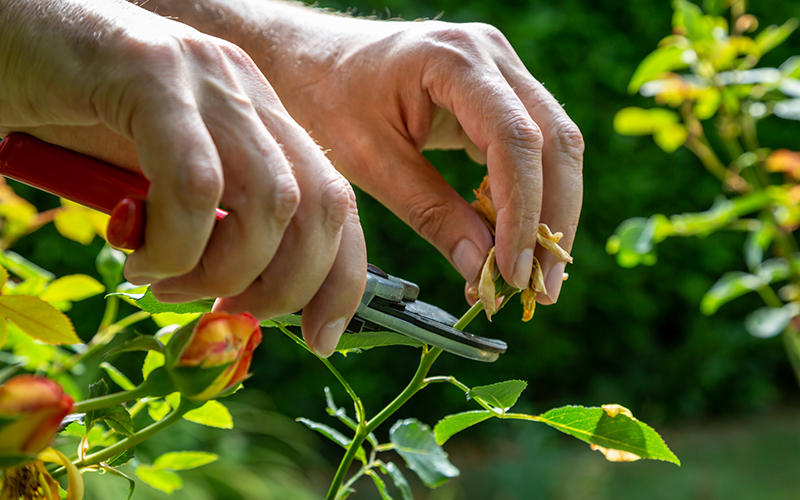
It sounds pretty simple, right? Well, here’s the tricky part: not all plants benefit from deadheading, and in some cases, you might not want to. So the big question becomes: What plants should I deadhead? Unfortunately, there isn’t a straightforward answer. The need varies from plant to plant, and in some cases may even depend on the cultivar. But there are some key points to know.
New cultivars have decreased the need to deadhead
Modern plant breeding has led to more and more cultivars that are easier to care for and bloom prolifically. Many plants have been selected for their ability to continue blooming without assistance. Some plants are considered “self-cleaning”, meaning the flowers fall off or melt away on their own.
Sterile varieties keep the plant putting energy into seed production, allowing it to keep flowering without deadheading, though you might want to for a tidy appearance. And some plants “bury their dead”. This delightfully morbid term means new flowers will grow above the old ones, tucking away unattractive spent blooms from sight.
Don’t deadhead if you want the seed or fruit
Hands off those Viburnums! We’ve learned deadheading works because it prevents the plant from developing seeds or fruit, so you certainly don’t want to cut off the blooms of plants if you (or the birds) want to enjoy their showy berries. Birds also enjoy the seeds of some perennials like Rudbeckia and coneflowers, so as fall approaches you might want to leave the last blooms intact.
Some plants don’t rebloom
Some plants by nature just bloom once no matter what you do. There are still other benefits to deadheading, such as encouraging leaf and root growth or simply making the plant look more tidy.
If you aren’t sure, just try!
Deadheading, done correctly, won’t cause any harm to the plant. If you have checked your plant’s care instructions but still aren’t sure, or want to experiment, just give it a go. Then you can decide if the results were worth the effort and keep that in mind for next year.
Self-Cleaning Flowers that Don't Need Deadheading
Double Shot®
Grape Azalea
This compact reblooming azalea displays large, attractive, single, red-purple flowers twice a year! The vigorous, rounded habit with dense, dark green foliage exhibits better heat and cold tolerance than other varieties. Full shade to partial sun. Up to 3' tall, 3' wide. Zones 6-9.
Solanna™ Bright
Touch Coreopsis
This self-cleaning and low-maintenance perennial is compact but showy. Bright golden yellow flowers with a touch of red on strong, short stems continue to bloom throughout summer, even in hot and humid climates! Full sun. Up to 18" tall and wide. Zones 4-9.
Deadheading Hydrangeas
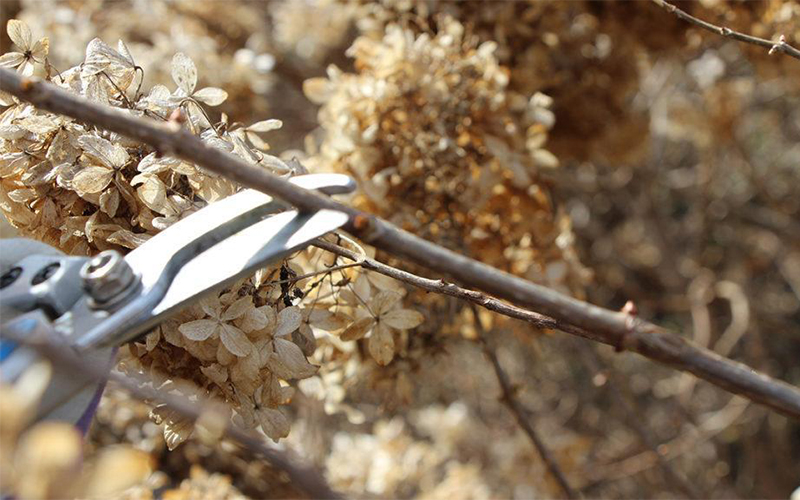
Deadheading hydrangeas does not encourage more blooms, but it can still be beneficial to the plant, letting it focus on growing leaves and roots. When you deadhead your hydrangea can depend on what type you are growing.
Oakleaf Hydrangeas (Hydrangea quercifolia) and non-reblooming Big Leaf Hydrangeas (Hydrangea macrophylla)
Remove the blooms once they begin to turn brown and dry. Cut flower stem with shears, just above the next set of leaves.
Re-Blooming Big Leaf Hydrangeas
Re-blooming hydrangeas first bloom on old wood (stems left over from last year) and again on new wood (fresh stems that come straight from the ground). The first set of blooms can be deadheaded as above. You can deadhead again when the second bloom starts to fade, but only through about mid-August.
After that, the hydrangea will start to set buds for next year’s flowers; you don’t want to accidentally cut these off. In addition, spent flower heads sit above the new buds and can provide some winter protection. They also can add visual interest to the winter landscape. They can later be removed during spring pruning.
Sometimes matters of personal preference might change your deadheading routine, particularly with the Seaside Serenade® hydrangeas. These bloom prolifically, and the flower heads last a long time, often “antiquing” to other colors that many people find attractive. You can leave these if you are enjoying them, but if they are very dense it can be beneficial to remove some to thin them out a bit. This helps free up energy and space for the second bloom.
Panicle (Hydrangea paniculata) and Smooth Hydrangea (Hydrangea arborescens)
You can follow the same steps for deadheading these later-blooming hydrangeas by removing dry brown flowers. However, many gardeners don’t bother to deadhead these hydrangeas, leaving the dried flowers to add interest in the winter landscape. Panicle hydrangeas often stay attractive well into fall, so there is little aesthetic benefit to deadheading these until quite late in the season.
Deadheading Roses
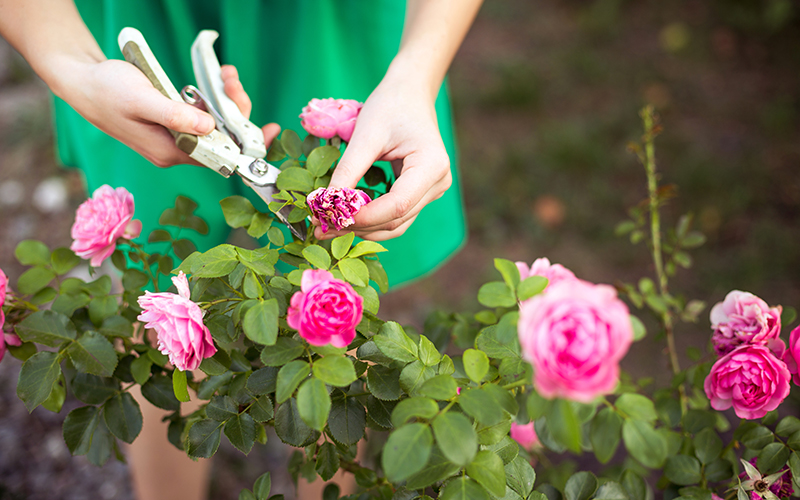
Deadheading roses does encourage more blooms, but many newer varieties have features that reduce the need. Groundcover roses such as Nitty Gritty™ and Flower Carpet® bloom abundantly without deadheading and are self-cleaning, so deadheading isn’t required. Many shrub roses, like Grace ‘N Grit™, are also self-cleaning and continue to bloom without intervention.
If you have a rose that is not self-cleaning, or you find your rose is reluctant to bloom after your first flush has faded, deadheading is a good idea. You can use the basic technique, using clippers to remove the flower stem above the first set of leaves. Some roses bloom with the flowers in clusters. In this case, make your cut below the entire cluster.
Self-Cleaning Roses that Don't Need Deadheading
Flower Carpet®
Appleblossom Rose
Glossy green foliage and pastel pink blooms arranged in large clusters are exceptionally disease resistant. Self-cleaning and simple to maintain—no need for fancy pruning or deadheading. Full sun. Up to 3', 4' wide. Zones 4-10.
Grace N' Grit™ Pink
BiColor Shrub Rose
Stunning bouquets of pink and white bicolor roses on a fuss-free shrub with unwavering blooming zeal. An outstanding, disease-resistant, own-root, self-cleaning rose that thrives coast to coast in heat and humidity as well as dry, hot summers. Full sun. Up to 5' tall, 4' wide. Zones 4-9.
Nitty Gritty™
White Rose
This groundcover rose is a true powerhouse, boasting unrivaled durability, own-root structure, and minimal maintenance requirements. Not only adds a touch of elegance to the landscape but also offers excellent disease resistance and a self-cleaning nature. Full sun. Up to 3' tall, 4' wide. Zones 4-9.
One last thing…
Some people are avid deadheaders, finding the task enjoyable and relaxing. But if deadheading feels like more of a burden to you, here’s a secret: you don’t have to deadhead. Deadheading often has to happen in spring and summer. Sure, there are benefits, but if you would prefer to be relaxing in your garden rather than tending to it, your plants will be fine left alone until your fall clean-up or spring pruning. So if it’s not for you, just skip it. We won’t tell, we promise.
Get More Plant Care Tips
- Your Complete Guide to Growing Roses
- A Step-by-Step Guide on Caring for Roses in Summer
- Your Guide to Hydrangea Types: The Right One for Your Garden
- Top 10 Tips for Planting Shrubs, Trees, and Perennials in Summer
- Our Top 10 Gardening Tips for Growing Confidently
- Blueberry Care Guide
- Camellia Care Guide
- Conifer Care Guide
- Hibiscus Care Guide
- Azalea Care Guide
- Hydrangea Care Guide




